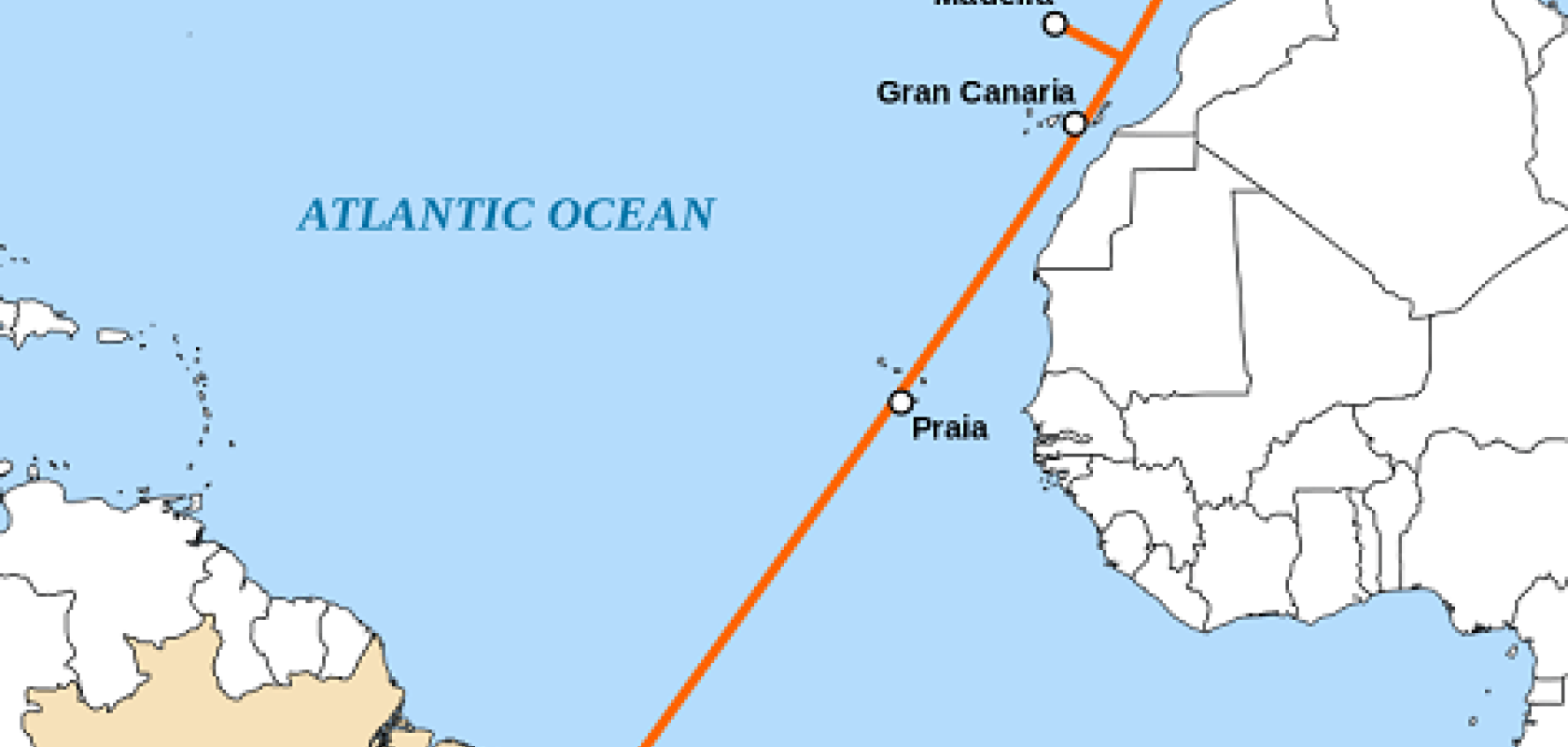The European Commission is supporting construction of a new submarine fibre-optic cable between Europe and Latin America, linking Lisbon in Portugal with Fortaleza in Brazil.
Today Latin America relies on undersea cables going to the US to carry nearly 90 per cent of its communications traffic to Europe. The one existing cable that directly connects Latin America and Europe is outdated and only used for voice transmission.
That situation is set to change when the EULALINK project is complete. The new subsea cable will enable Brazil and other Latin American countries to have direct access to the largest Internet exchange points in the world, located in the cities of Frankfurt, Amsterdam, London and Paris.
The 5,900-km cable will be built by a private consortium, led by Brazilian telecom provider Telebras and Spanish cable operator Islalink. On 30 June, they signed a shareholder agreement to create the joint venture that will be dedicated to launch and operate the submarine cable linking the South American and European continents.
This joint venture is a Brazilian company which will be 35 per cent owned by Telebras, 45 per cent owned by IslaLink and 20 per cent owned by a third Brazilian shareholder, which will be defined after the constitution of the company and before the construction of the cable.
The European and Latin American research and education networks (led by RedCLARA in cooperation with DANTE) have put forward a project proposal, called BELLA: Building Europe Link to Latin America, to take advantage of the new cable. The European Commission is intending to make a financial contribution of around €25 million via this project.
The European Commission will support a group of public actors gathered in the consortium BELLA (Building European Link to Latin America) who can take advantage of the new capabilities offered by the future cable. The group has two objectives: to provide cable capacity at installation cost to support public policies, and to extend the cable’s high capacity to other countries in Latin America.
BELLA is composed of 12 European and Latin American Research and Education Networks: RedCLARA (the Latin American regional network), GEANT (the European regional network), and the networks from Brazil, Colombia, Ecuador, Peru, Chile, Portugal, Spain, France, Italy and Germany. BELLA will count on the support of several European and Latin American public organisations, as well as the European Commission.
The new subsea cable will make it easier for researchers in Latin America to access the Large Hadron Collider in Geneva, Switzerland, and for researchers in Europe to access the Astronomical and Cosmic Ray Observatories in the Atacama Desert, northern Chile.
“This initiative will bring our continents closer and boost education, research and innovation as well as business exchanges. It will reduce connection costs and provide many more households, organisations and companies with a high-speed Internet connection,” said the European Commission in a prepared statement.
Preparation will start this year and the cable should be operational at the end of 2017. The cable will provide more than 30 Tbps of capacity at an expected cost of $185 million.


